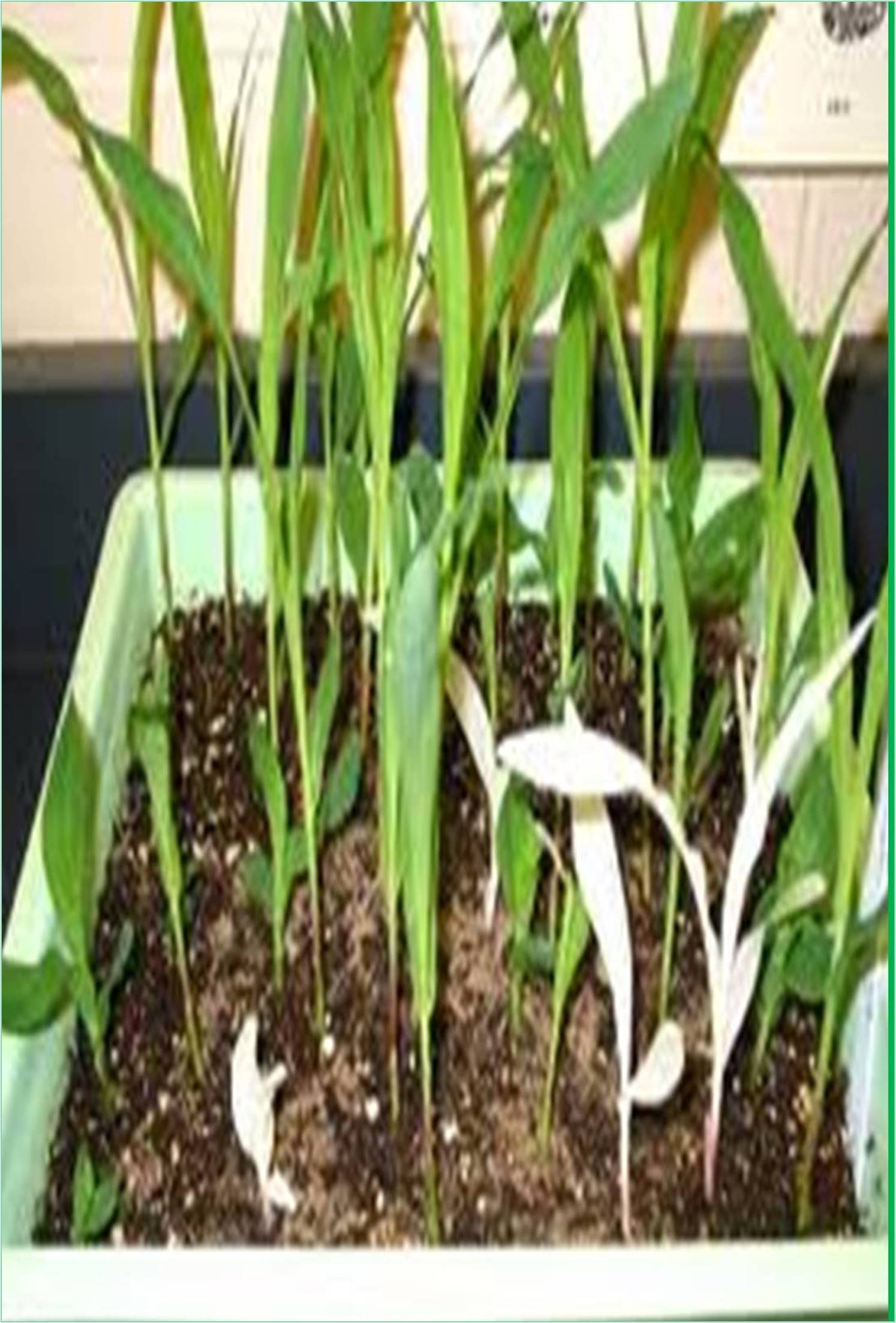



Received: 01-Feb-2022, Manuscript No. GJPBG-22-59122; Editor assigned: 03-Feb-2022, Pre QC No. GJPBG-22-59122(PQ); Reviewed: 17-Feb-2022, QC No. GJPBG-22-59122; Revised: 21-Feb-2022, Manuscript No. GJPBG-22-59122(R); Published: 28-Feb-2022, DOI: DOI:10.15651/2449-0598.22.9.121.
Fruits are an important source of essential nutrients and serve as a staple food in some parts of the world. Population growth and climate change experienced around the world make the production of high-yielding fruit crops with improved environmental adaptation essential, and traditional breeding cannot meet demand. Fortunately, CRISPR (Clustered Regular Interspaced Short Palindromic Repeat) technology is paving the way for new horizons that will revolutionize fruit tree improvement and even plant breeding. This study focuses on the mechanism and optimization of the CRISPR system and its application to fruit crops such as biological and abiotic stress tolerance, improved fruit quality, and domestication.
Fruits are important fibers, vitamins and minerals worldwide. Some parts of Asia, Africa, South America, Banana, Fruits, and Dates are also useful for fruits and staples. Fruit crops are high risk under climate change. In order to increase the opportunity for stable fruit supply, our ancestors have kept the type of wild plant species of aquaculture crop. After the discovery of the Mendel Act in 1900, the breeder started with excellent plant selection and intersection. However, traditional varieties have major drawbacks. First, it depends largely from existing natural world polarity, so it is inefficient to obtain the desired properties by randomly mixing tens of thousands of genes. Conventional varieties are increasing, but with loss of fitness and genetic diversity, more crisis practices that can ensure sufficient food supply for rapidly growing population around the world am. Therefore, continuous innovation is required because consumer demand is increasing.
Genetic engineer has a number of uses in fruit culture as it allows for the improvement of important agricultural features such as biological and non-biological stress resistance and fruit quality. In the past 20 years, some fruit crops have been fixed with these technologies. In contrast to conventional varieties, recombinant DNA techniques are from any organisms, devices or microorganisms in fruit culture that extends the possibility of improving the fruit industry by providing the quality of the breeding purpose and ultimate fruits. Enable transplantation of the desired gene. Improve durability as an improvement in durability. Thus, genetic engineering was classified as the fastest development technology in agriculture. The organism obtained from recombinant DNA technology is called Genetically Modified (GM). The transgenic “Flavone Safr Tomato” for commercial growth of the United States (US) in 1994 was approved by food and medicine management (FDA). The fix contained there was possible to decelerate his maturation process and prevented them from softened after picking. GM Papaya certified for marketing can withstand ring spot virus attacks and improved productivity. 80 percent of Hawaiian Papaya, which has been produced today, is genetically built and there is no alternative method is available.
However, the development of new GM crops is heavily influenced by the regulatory approval process, as the purpose of the approval system is to avoid harm to human health, the environment and economic losses. These rules also help increase consumer confidence in the biosecurity of GM crops. As a result, the cost of obtaining approval for new GM crops can be very high, and regulatory requirements can also delay the commercialization of the product. Therefore, the Clustered Regular Interspaced Short Palindromic Repeat (CRISPR) technology may be more suitable. In 2016, CRISPR-edited mushrooms were exempt from US regulation because they did not fall under the GM Act because they did not contain foreign DNA. In 2017, the FDA approved the sale of fake flax, which has high oil content and contains drought-tolerant soybeans.
Prokaryotic-derived CRISPR-Cas genome editing technology has transformed the molecular biology of plants beyond all expectations. Characterized by robustness, high target specificity, and programmable, CRISPR-Cas enables accurate genetic manipulation of crop species, produces germ plasms with beneficial properties, and is newer and more sustainable. It provides an opportunity to develop an agricultural system. In addition, a number of new biotechnologies based on the CRISPR-Cas platform have expanded the toolbox for basic research and synthetic plant biology. This review first briefly describes gene editing with CRISPR- Cas and focuses on the latest precision gene editing techniques such as base editing and prime editing. The important applications by using CRISPR-Cas to promote plant yield, plant quality, disease resistance, herbicide resistance, breeding, and domestication. It also highlights recent advances in CRISPR-Cas-related plant biotechnology, including CRISPR-Cas reagent delivery, gene regulation, multiple gene editing and mutagenesis, and directed evolutionary technologies.